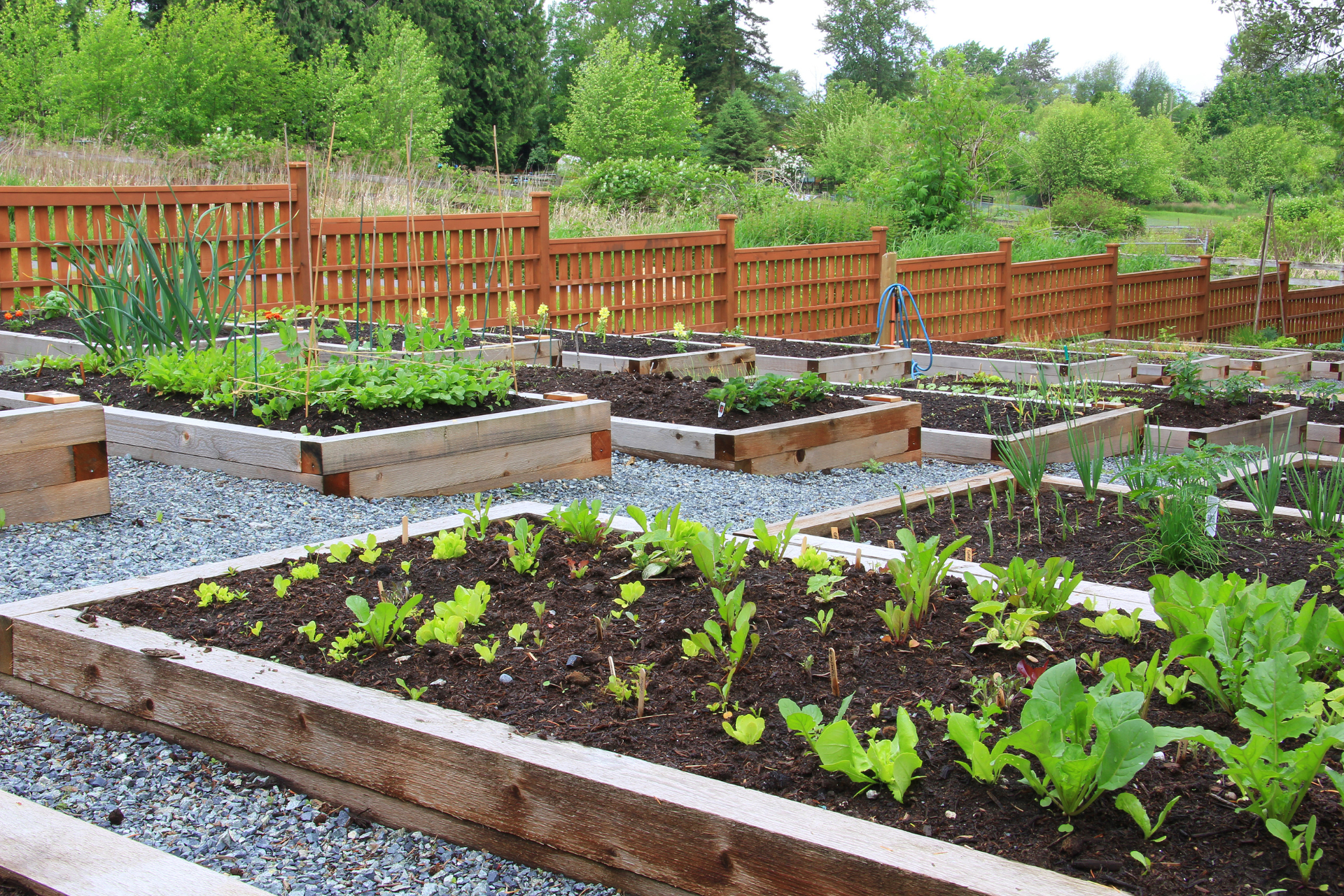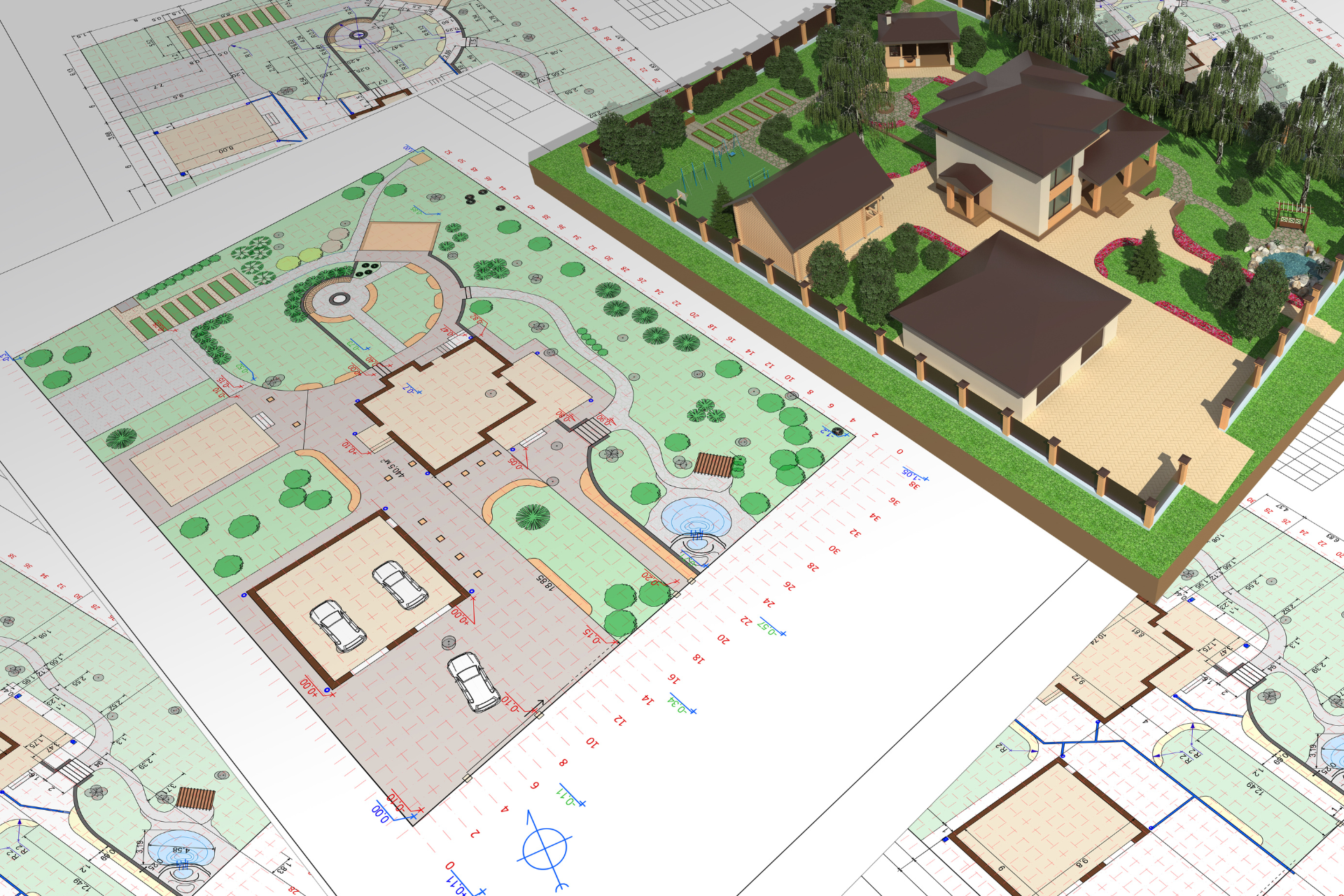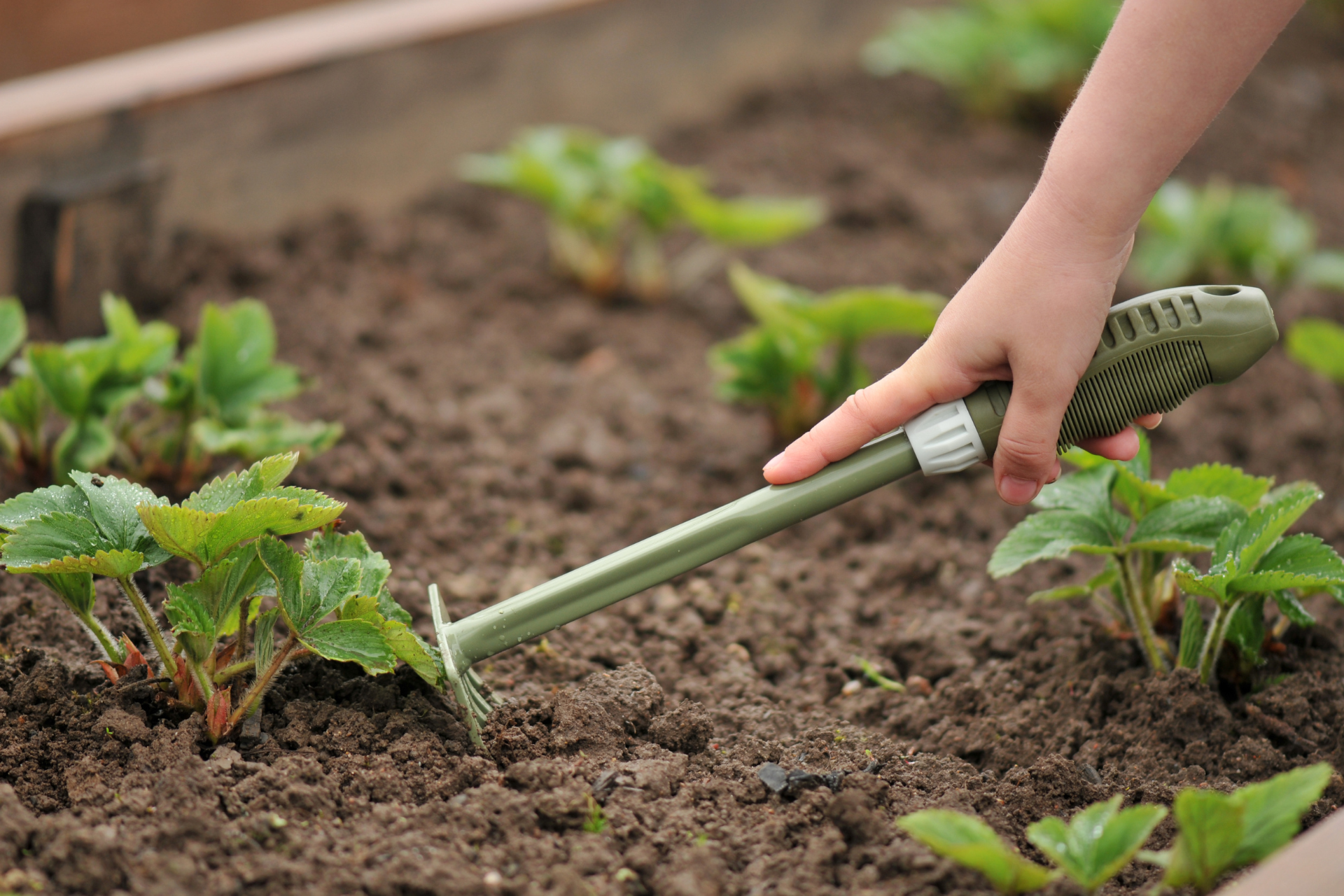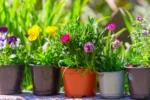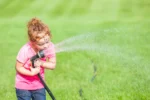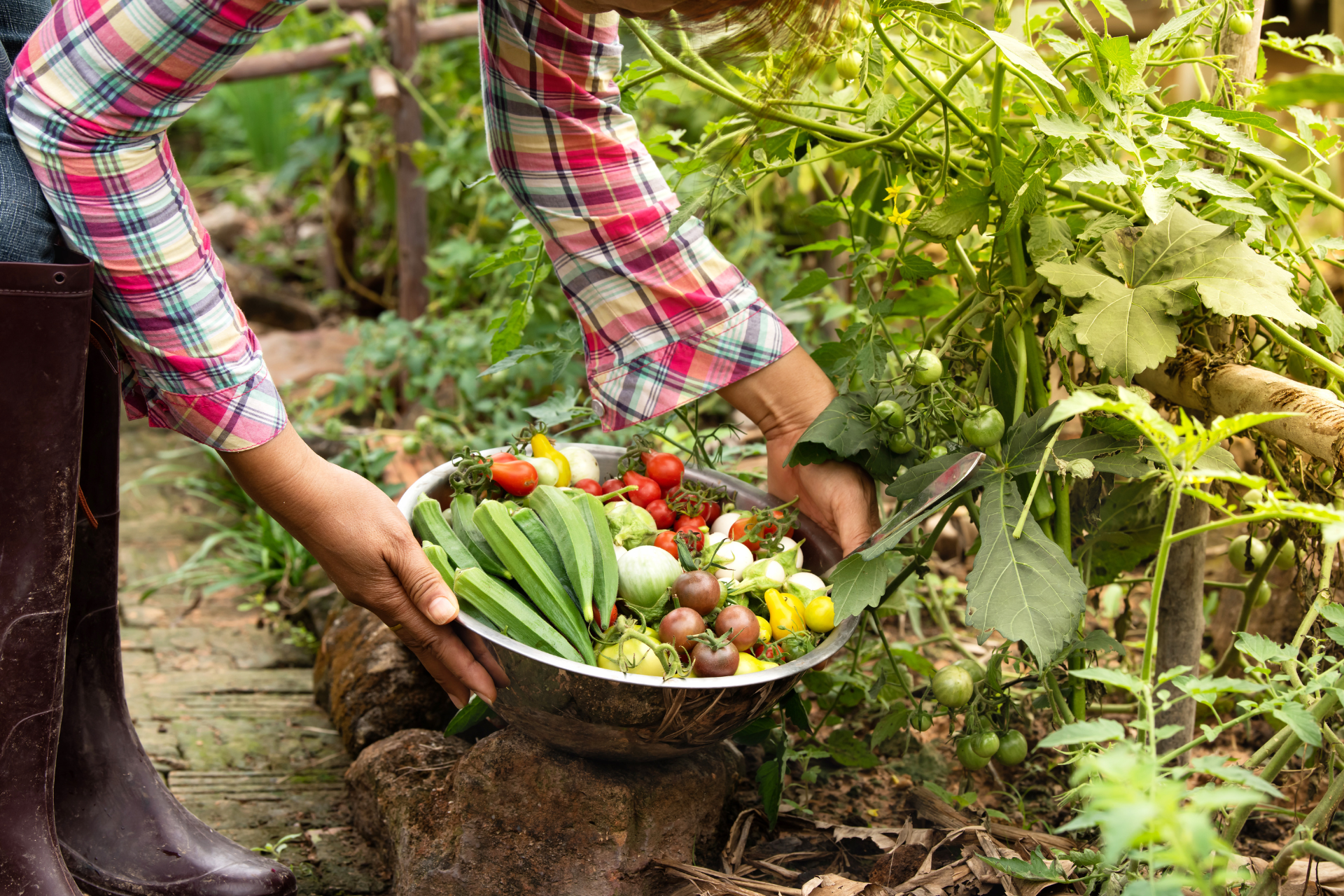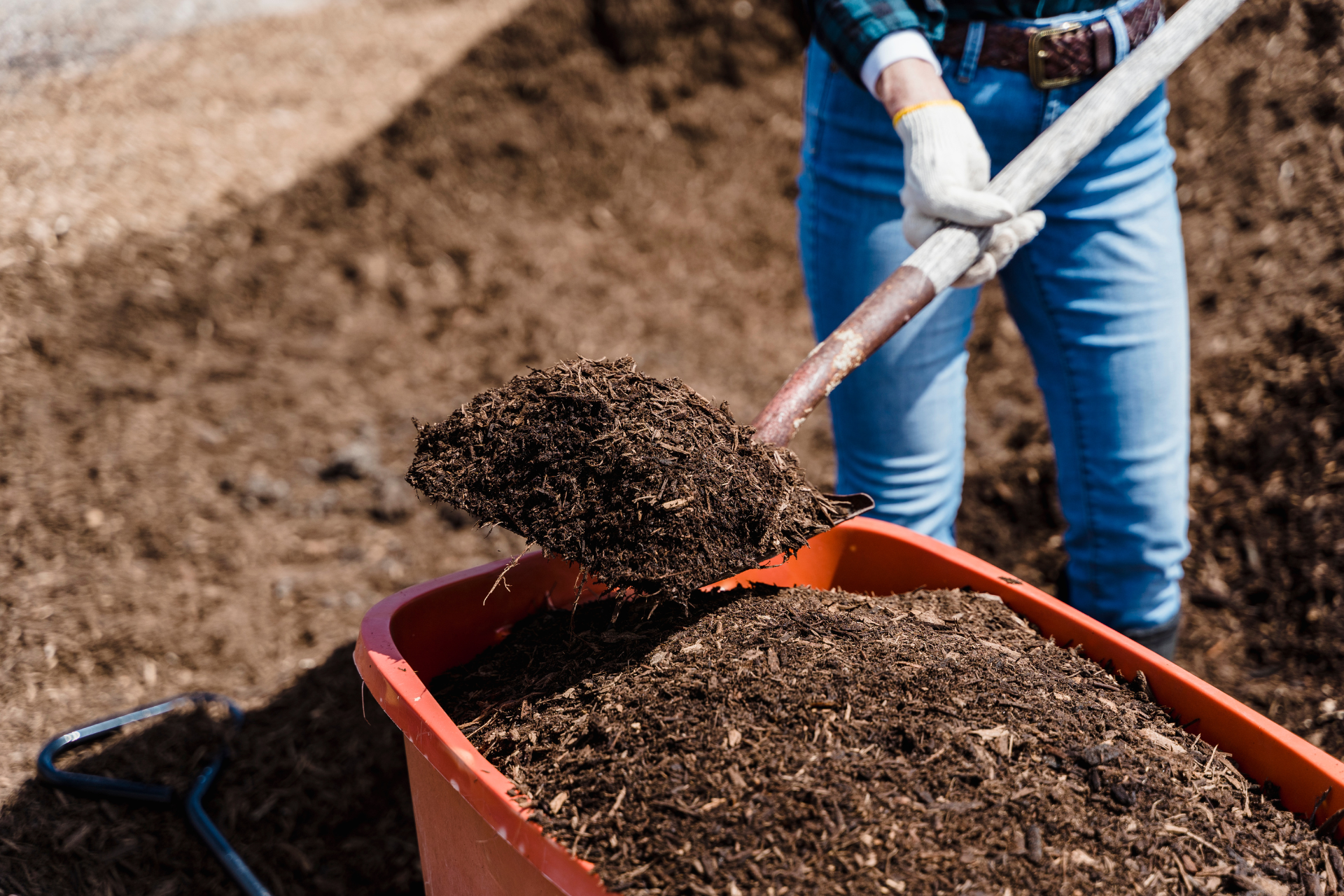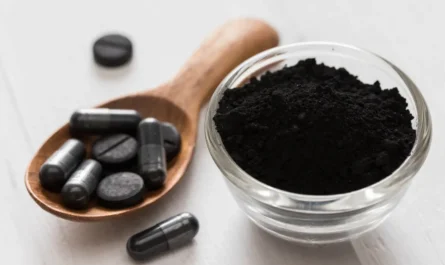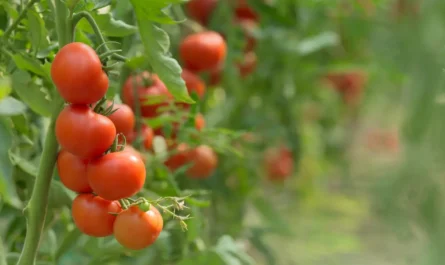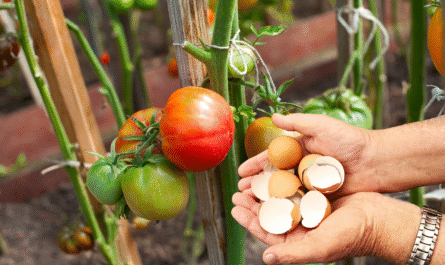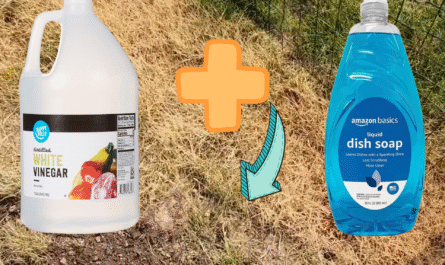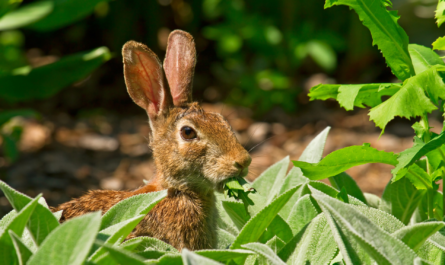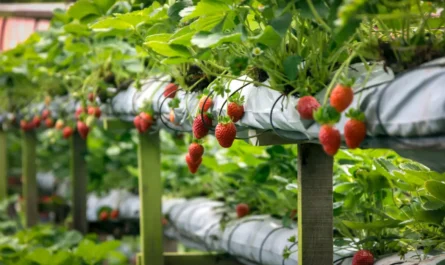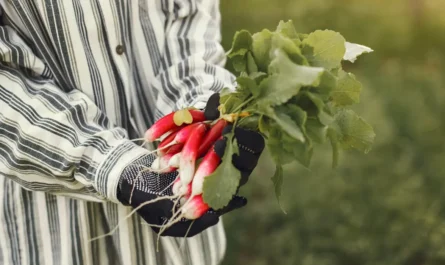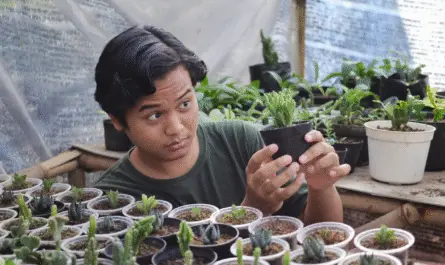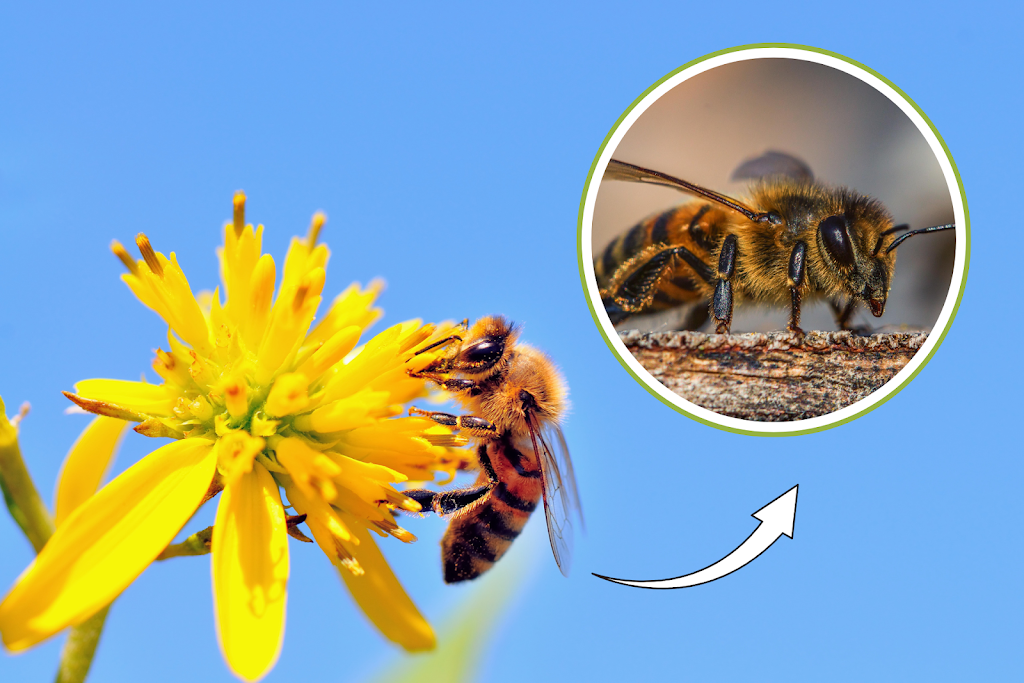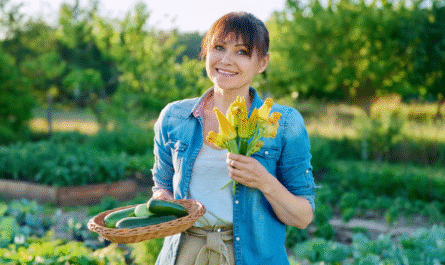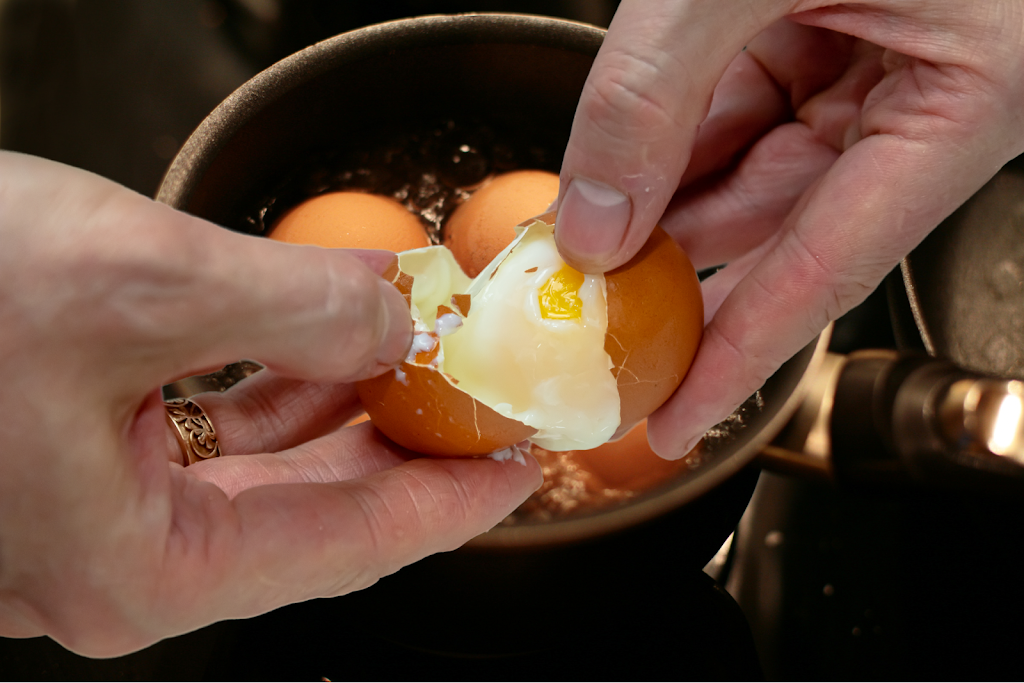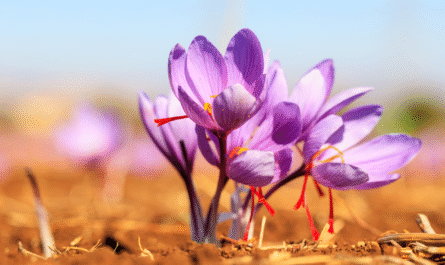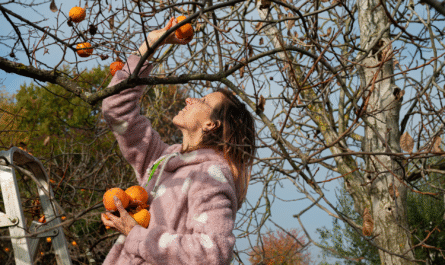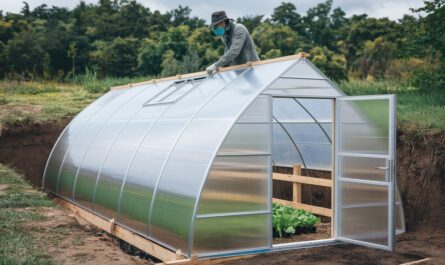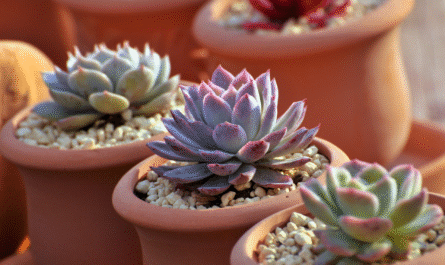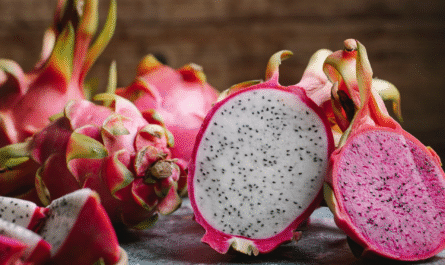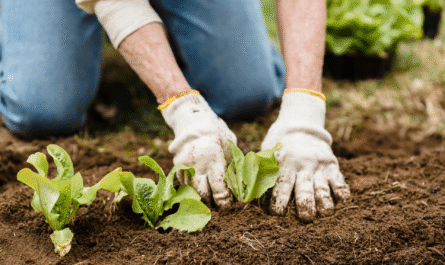Gardening for beginners is a rewarding journey that allows you to grow a garden right at home, transforming your space into a lush, productive haven.
Whether you’re looking to save money, eat healthier, or simply enjoy the satisfaction of cultivating fresh vegetables, gardening for beginners at home is an excellent way to get started.
In this beginner’s guide to home gardening, we will take you through the basics of gardening for beginners, covering everything you need to know about how to start a garden, plan your layout, choose the right plants, and maintain your garden for a bountiful harvest.
Why Start a Vegetable Garden?
Starting a vegetable garden is more than just a hobby, it’s a sustainable way to eat fresh, organic produce. For beginners, growing your vegetables can reduce grocery bills, promote healthier eating habits, and minimize your carbon footprint. It’s also a therapeutic activity that connects you with nature.
Growing your own vegetables is also a great way to ensure that your produce is free from harmful pesticides and chemicals.
You have complete control over the growing process, which means you can choose organic methods, use natural fertilizers, and maintain the health of your soil. Freshly harvested vegetables also have better flavor and higher nutritional value compared to store-bought options.
Beyond health and cost-saving benefits, vegetable gardening offers a sense of accomplishment. Watching your seeds sprout, mature, and produce a harvest is a deeply satisfying experience. It’s a chance to develop a practical skill, spend time outdoors, and teach children about nature and sustainability.
Additionally, starting a vegetable garden can be a great way to bond with family or find a relaxing solo hobby. Whether you have a spacious backyard, a small balcony, or even just a sunny windowsill, you can start a garden that suits your space and needs. Gardening for beginners at home is accessible to everyone, regardless of their location or experience level.
What You Need to Know Before Starting a Vegetable Garden
1. Understanding Your Climate and Growing Zone
The first step in gardening for beginners is understanding your climate and growing zone. Different vegetables thrive in different conditions, so knowing your local climate helps you choose the right plants. For example, tomatoes and peppers do well in warm climates, while leafy greens prefer cooler weather.
Growing zones are determined by factors such as average annual minimum temperatures and growing season length. These zones guide you in selecting vegetables that are best suited for your area.
You can easily find your growing zone online or through local gardening resources, which will give you a clear idea of what will thrive in your garden.
Beyond understanding your zone, you must also consider microclimates within your garden. Some areas of your yard may receive more sunlight, while others may be shaded or more sheltered from wind. Knowing these variations can help you plan where to plant different crops to maximize their growth potential.
Understanding your climate also means being aware of your local frost dates, both the last frost of spring and the first frost of fall.
This information is critical for planning your planting schedule, ensuring your vegetables have enough time to grow and mature before the cold sets in.
2. Assessing Sunlight, Soil Type, and Water Availability
Sunlight is a critical factor for gardening success. Most vegetables require at least six to eight hours of direct sunlight daily to grow properly.
Observe your garden area at different times of the day to determine which spots get full sun, partial shade, or full shade.
Soil type is equally important. There are three main soil types: clay, sandy, and loamy. Loamy soil is considered the best for most vegetables because it retains moisture while allowing for good drainage. Conduct a simple soil test by squeezing a handful of moist soil; if it crumbles easily, it is likely loamy.
Water availability is another essential factor. Your garden should be close to a reliable water source to make watering easier.
Consistent, adequate watering is crucial for plant growth, but overwatering can lead to root rot and other problems. Installing a drip irrigation system or using a soaker hose can help maintain the right moisture level.
Additionally, consider the soil’s nutrient content. Vegetables are heavy feeders, meaning they require rich, fertile soil. Enrich your soil with organic matter such as compost, well-rotted manure, or leaf mold to boost its nutrient content and improve its structure.
3. Importance of Starting Small as a Beginner
Starting small is one of the best ways to ensure success when gardening for beginners. A small garden is easier to manage, less overwhelming, and allows you to learn the basics without feeling frustrated.
Beginners who start with a massive garden often end up feeling discouraged due to the workload, leading to abandoned plants and wasted time.
A small garden allows you to focus on a few vegetables that are easy to grow. For example, you can start with fast-growing crops like lettuce, radishes, and herbs, which are perfect for beginners because they require minimal care and provide quick results. This gives you the satisfaction of harvesting your first crops sooner, keeping you motivated.
Another advantage of starting small is that it’s more cost-effective. You won’t need to spend a lot on seeds, soil, or gardening tools.
If any of your plants fail, it won’t feel like a major loss. It’s much easier to experiment with a small space, try different planting techniques, and learn from your mistakes without a huge financial commitment.
Also, a small garden is easier to maintain. Watering, weeding, pest control, and general upkeep are all manageable in a smaller area. As you gain confidence and experience, you can gradually expand your garden, adding more plants and exploring different gardening methods. This gradual approach is the best way to build your skills and become a successful gardener.
Planning Your Vegetable Garden
1. Choosing the Right Location
The success of your vegetable garden largely depends on its location. Sunlight is the most critical factor, as most vegetables need at least 6-8 hours of direct sunlight each day.
Observe your garden space throughout the day to identify which areas get full sun, partial shade, or full shade. Prioritize areas that receive the most sunlight for your garden.
Accessibility is another crucial factor. Ideally, your garden should be close to a water source, making it easier to water your plants regularly.
If your garden is too far from a water source, it can become a hassle, leading to neglect. Consider installing a drip irrigation system for consistent watering, especially during dry spells.
Wind protection is also important. Strong winds can damage young plants, dry out the soil, and even uproot delicate seedlings.
If your garden is in an open, windy area, consider installing a windbreak, such as a fence or a row of sturdy plants. Additionally, avoid planting your garden in low-lying areas where cold air can settle, increasing the risk of frost damage.
You can also consider the convenience of your garden’s location. A garden that is easily visible and accessible from your home is more likely to receive regular care.
Being able to see your plants daily can help you quickly notice any problems, such as pests, disease, or wilting, and take prompt action.
2. Choosing a Plot Size: Start Small!
For beginners, it’s best to start with a small, manageable garden. A 4×4-foot garden bed is an ideal size for those who are new to gardening. This compact size allows you to grow a variety of vegetables without feeling overwhelmed. It also makes planting, watering, and weeding much easier.
Starting with a small plot also means lower costs. You will need fewer seeds, less soil, and fewer gardening tools. If you make mistakes, which is perfectly normal for beginners, the losses will be minimal. As you gain experience and confidence, you can gradually expand your garden size.
Raised beds are an excellent choice for beginners because they provide better soil drainage and prevent soil compaction.
They also make it easier to control weeds and maintain healthy soil conditions. Container gardening is another great option, especially for those with limited space, such as balconies or patios.
The key is to choose a garden size that matches your time, interest, and available space. Once you have mastered the basics of gardening, you can increase your garden’s size and experiment with new vegetables and gardening techniques.
3. Selecting Vegetables to Grow
When selecting vegetables to grow, it’s important to choose easy-to-grow varieties that match your climate and growing conditions.
For beginners, fast-growing vegetables like lettuce, radishes, spinach, and green beans are excellent choices. These crops provide quick results, keeping you motivated.
Consider your family’s preferences when choosing vegetables. There is no point in growing a large crop of eggplants if no one in your household likes them.
Focus on vegetables that you and your family enjoy eating. This ensures that your harvest is used rather than wasted.
It’s also important to consider the growing season. Vegetables are generally classified into two main types: warm-season crops (like tomatoes, peppers, and cucumbers) that thrive in the heat, and cool-season crops (like carrots, lettuce, and broccoli) that prefer cooler temperatures. Understanding your local climate will help you decide which vegetables to plant and when.
For best results, choose a mix of fast-growing vegetables and those that take longer to mature. This ensures a continuous harvest throughout the growing season.
You can also experiment with herbs like basil, parsley, and mint, which are easy to grow and can enhance the flavors of your home-cooked meals.
4. Understanding When and Where to Plant
Timing is everything in gardening. Knowing when to plant your vegetables is crucial for success. Start by learning your local frost dates, both the last frost date in spring and the first frost date in fall. This information will help you determine the best time to start planting.
Use a planting calendar to guide you. Some vegetables, such as carrots and radishes, can be directly sown into the garden, while others, like tomatoes and peppers, are best started indoors as seedlings before being transplanted outside. Direct sowing is faster and easier, but transplanting gives you a head start on the growing season.
Different vegetables have different spacing and depth requirements, so always follow the instructions on the seed packet.
For beginners, it’s a good idea to use a garden planner app or a simple notebook to keep track of planting dates, varieties planted, and their progress.
Planting in the right location is also important. Sun-loving vegetables should be placed in the sunniest part of your garden, while shade-tolerant crops can be grown in areas with partial shade. Pay attention to each plant’s sunlight and water needs to ensure they thrive.
5. Planning Your Garden Layout
A well-planned garden layout can maximize your harvest and make gardening easier. There are several layout styles to choose from, including row planting, raised beds, and square foot gardening.
Row planting is the traditional method, but it requires more space and is best for large gardens.
Raised beds are a popular choice for beginners because they provide better soil drainage, are easier to maintain, and can be placed in almost any location.
Square foot gardening is another beginner-friendly method that involves dividing a raised bed into smaller squares, each with a different crop. This method maximizes space and minimizes wasted soil.
Companion planting is another important aspect of garden planning. Some plants grow better together, while others can negatively affect each other’s growth.
For example, tomatoes grow well with basil but should not be planted near cabbage. Learning the basics of companion planting can help you make the most of your garden space.
Also, make sure your garden layout is convenient for maintenance. Paths should be wide enough for you to walk comfortably, and plants should be spaced properly to allow for airflow and prevent overcrowding. A well-organized garden is easier to care for and more productive.
Preparing Your Garden Space
1. Clearing and Preparing the Ground
Before planting your vegetable garden, it is essential to clear and prepare the ground properly. Start by removing any weeds, grass, and debris from the area where you plan to plant.
Weeds compete with your vegetables for nutrients, water, and sunlight, so removing them is crucial for a healthy garden.
You can use a garden hoe, a rake, or even your hands to pull out weeds, making sure to remove the roots to prevent them from growing back.
If you are starting a garden on a grassy area, you will need to remove the grass as well. This can be done by digging it out with a shovel or using a method called sheet mulching, where you cover the grass with cardboard and a thick layer of mulch to kill it over time. Sheet mulching is an excellent, chemical-free way to clear the ground and improve soil quality.
Once the area is clear, it is time to prepare the soil. Soil quality is one of the most important factors in successful gardening.
Start by testing your soil to determine its type (sandy, clay, or loamy) and its pH level. Home soil test kits are affordable and easy to use. Most vegetables prefer a slightly acidic to neutral pH (between 6.0 and 7.0).
After testing your soil, improve its quality by adding organic matter, such as compost, well-rotted manure, or leaf mold. Organic matter enriches the soil, improves its texture, and helps retain moisture. If your soil is too sandy, organic matter will help it retain water.
If it is too clayey, it will improve drainage. Loamy soil, which is a mix of sand, silt, and clay, is considered ideal for most vegetables.
2. Setting Up Planting Beds
Once your ground is cleared and your soil is prepared, it’s time to decide on the type of planting beds you want to use.
There are three main options: raised beds, in-ground beds, and container gardening. Each has its benefits and drawbacks, so choose the one that best suits your space and gardening goals.
Raised beds are one of the most popular options, especially for beginners. They offer excellent drainage, prevent soil compaction, and can be filled with high-quality soil.
Raised beds also make gardening easier because they are elevated, reducing the need to bend over. However, they can be expensive to set up due to the cost of materials for the frame and soil to fill them.
In-ground beds are the traditional method of gardening. They are cost-effective because you use the existing soil, but they require more effort to prepare and maintain.
In-ground beds can be more susceptible to weeds and soil-borne diseases, but with proper soil preparation and mulching, they can be very productive.
Container gardening is ideal for those with limited space, such as balconies, patios, or small yards. Containers are portable, allowing you to move plants to the best spots for sunlight.
They are also easy to manage and can be used for a wide variety of vegetables, from herbs to tomatoes. The main drawback is that containers dry out quickly, so they require more frequent watering.
3. Starting Seeds Indoors vs. Direct Sowing
When it comes to planting vegetables, you have two main options: starting seeds indoors or direct sowing them in the garden. Each method has its pros and cons, depending on the type of vegetable and your local climate.
Starting seeds indoors gives you a head start on the growing season, which is especially useful for warm-season crops like tomatoes, peppers, and eggplants.
It allows you to control the growing environment, including light, temperature, and soil quality. Indoor seedlings are also protected from pests and harsh weather conditions.
However, starting seeds indoors requires a bit more effort and equipment, such as seed trays, grow lights, and a warm, bright space.
Direct sowing, on the other hand, is much simpler. You simply plant seeds directly into the garden soil. This method is best for fast-growing, cool-season vegetables like carrots, radishes, spinach, and beans.
Direct sowing is less expensive and requires less preparation. However, the seeds are more vulnerable to pests, extreme weather, and poor soil conditions.
If you choose to start seeds indoors, be sure to use a high-quality seed-starting mix, which is lighter and more sterile than regular soil.
Provide adequate light using grow lights, and maintain a consistent temperature of around 65-75°F (18-24°C) for most vegetables. Harden off your seedlings by gradually exposing them to outdoor conditions before transplanting them into the garden.
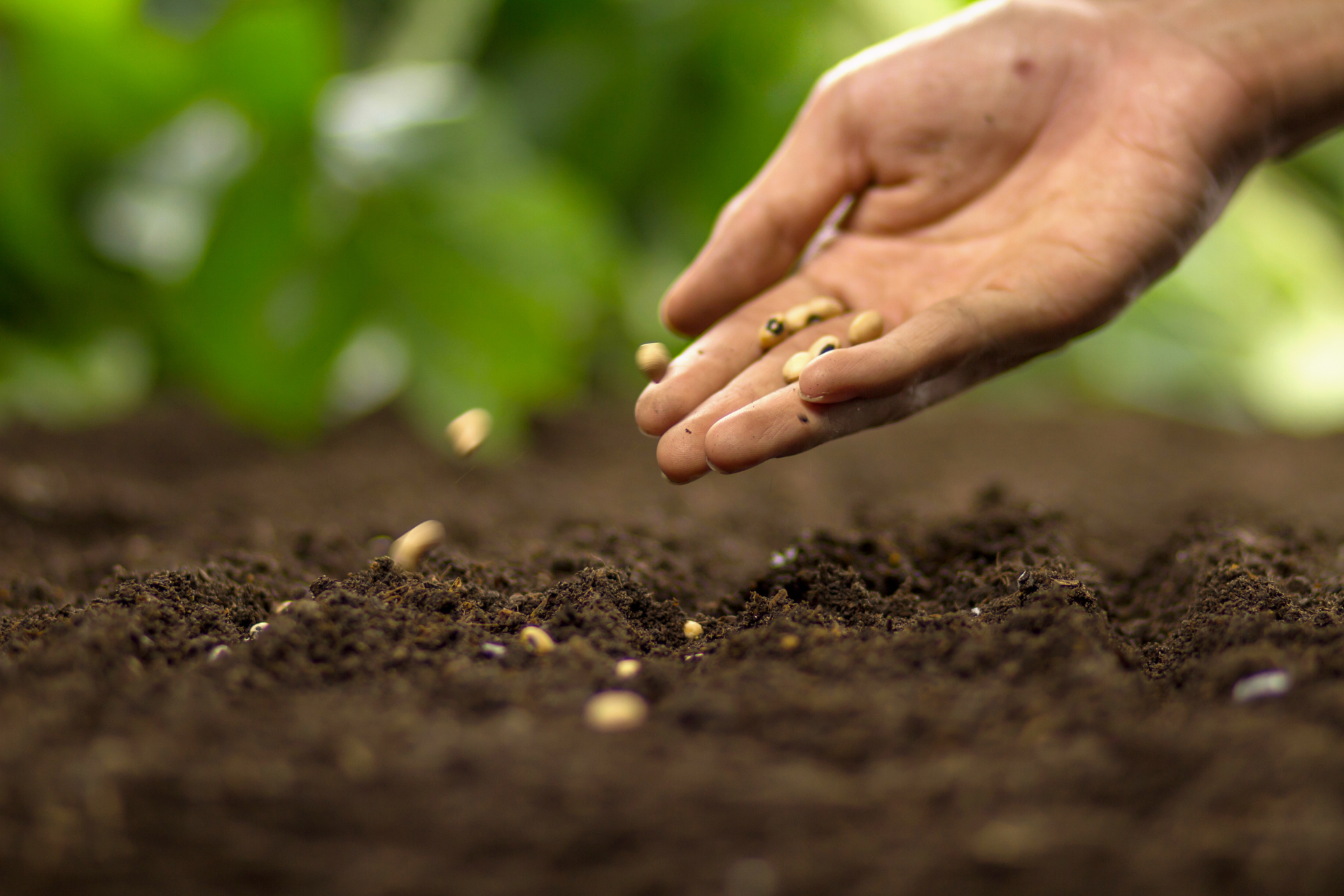
Planting and Growing Your Vegetables
1. Planting Techniques
Planting your vegetables correctly is crucial for their healthy growth. Start by ensuring proper spacing between seeds or seedlings.
Overcrowding can lead to poor airflow, increasing the risk of disease, while too much space wastes valuable garden area. Always follow the spacing instructions on your seed packets. For root vegetables like carrots, maintain at least 2-3 inches of space, while larger plants like tomatoes may require 18-24 inches.
Watering young plants is also an important technique to master. New seedlings have delicate roots that need consistent moisture but not waterlogging.
Water your young plants gently with a watering can or a drip irrigation system. Early morning is the best time to water because it allows the plants to absorb moisture before the heat of the day.
Understanding germination times is essential for successful planting. Germination is the process by which a seed sprouts into a plant, and each type of vegetable has a specific germination period.
For example, lettuce seeds can germinate in as little as 3-7 days, while peppers may take 10-14 days. Knowing these times helps you plan your planting schedule and ensures that your garden is productive throughout the growing season.
2. Garden Maintenance
Maintaining your vegetable garden is key to ensuring a healthy and productive harvest. Watering is the most basic maintenance task, but it must be done correctly.
Water your garden in the morning so that excess moisture can evaporate during the day, reducing the risk of fungal diseases. Deep, infrequent watering is better than frequent, shallow watering because it encourages deep root growth.
Fertilizing your garden provides your plants with the essential nutrients they need to grow. Organic fertilizers, such as compost, well-rotted manure, and fish emulsion, are environmentally friendly and improve soil health over time.
Synthetic fertilizers provide faster results but can damage soil quality if overused. For beginners, organic options are safer and easier to manage.
Pest and disease control is another crucial aspect of garden maintenance. The best way to prevent pests is through natural methods, such as encouraging beneficial insects like ladybugs, using row covers, and practicing crop rotation.
If you notice pests on your plants, try natural remedies first, such as neem oil or a simple soap spray. Avoid using harsh chemical pesticides, which can harm your plants and the environment.
3. Understanding Companion Planting
Companion planting is a gardening technique where certain plants are grown together for mutual benefits. Some plants naturally help each other by repelling pests, improving soil quality, or enhancing growth. For example, planting basil near tomatoes can improve tomato flavor and repel pests like aphids.
A basic companion planting chart can help you plan your garden layout effectively. For instance, carrots grow well with onions because onions help deter carrot flies.
However, some plants should not be grown together. For example, beans should not be planted near garlic or onions because they can inhibit each other’s growth.
Companion planting is a natural and eco-friendly way to boost your garden’s productivity without relying on chemicals. As you gain experience, you can experiment with different plant combinations to see which ones work best for your garden.
Harvesting and Storing Vegetables
Knowing When to Harvest
Harvesting your vegetables at the right time ensures the best flavor and nutritional value. Different vegetables have different signs of maturity.
For example, tomatoes are ready to harvest when they are fully colored and slightly soft to the touch, while carrots can be pulled once they reach the desired size.
Proper harvesting techniques are also important. Use clean, sharp scissors or pruning shears to avoid damaging the plants. For root vegetables like carrots and potatoes, gently loosen the soil around them with a garden fork before pulling them out. Harvest leafy greens by cutting the outer leaves first, allowing the plant to continue growing.
It is best to harvest vegetables in the morning when they are crisp and hydrated. Avoid harvesting wet vegetables, as this can encourage mold and spoilage during storage. Regular harvesting also encourages plants like beans and zucchini to keep producing.
Storing Your Harvest
Proper storage methods ensure that your hard-earned harvest lasts as long as possible. Some vegetables, like root crops (carrots, potatoes), can be stored in a cool, dark root cellar for several months. Others, like tomatoes and herbs, are best preserved by freezing, drying, or canning.
Freezing is one of the easiest ways to store vegetables like beans, peas, and corn. Simply blanch them in boiling water for a few minutes, cool them quickly in ice water, and store them in airtight freezer bags.
Drying is another effective method for herbs, peppers, and tomatoes. Use a dehydrator or air dry them in a warm, well-ventilated space.
Extending the shelf life of your produce also means practicing good storage habits. Keep fruits and vegetables separate, as some fruits release ethylene gas, which can cause nearby vegetables to spoil faster. Regularly check stored vegetables for signs of spoilage and remove any that are starting to rot.
End of Season Garden Care
Clearing Out Dead Plants and Debris
At the end of the growing season, it is important to clear out dead plants, fallen leaves, and other debris from your garden. Leaving this debris can attract pests and encourage the spread of plant diseases. Use a garden rake or your hands to collect dead plant material, and dispose of any diseased plants separately to prevent contamination.
Once your garden is cleared, you can begin preparing it for the next season. Loosen the soil with a garden fork, removing any remaining weeds or plant roots.
This will improve soil aeration and make it easier to plant next season. If you are using raised beds, this is also a good time to check for any repairs that may be needed.
Consider planting a cover crop, such as clover or rye, which helps protect the soil from erosion, adds organic matter, and prevents weeds from taking over. Cover crops also improve soil fertility by fixing nitrogen and breaking up compacted soil with their root systems.
Soil Preparation for the Next Season
Preparing your soil for the next growing season is crucial for maintaining its fertility and structure. Start by adding organic matter, such as compost, well-rotted manure, or leaf mold.
This enriches the soil with nutrients, improves its texture, and promotes healthy root growth for future plants.
Test your soil’s pH and nutrient levels to determine if any adjustments are needed. Most vegetables prefer a slightly acidic to neutral pH of 6.0 to 7.0. If your soil is too acidic, you can add lime to raise the pH. If it is too alkaline, adding sulfur can help lower it.
Finally, consider mulching your garden beds to protect the soil over the winter. Mulch helps retain moisture, prevents erosion, and suppresses weeds. In the spring, you can simply turn the mulch into the soil, adding valuable organic matter.
Frequently Asked Questions On Gardening for Beginners
How much sunlight do vegetables need?
Most vegetables need at least 6-8 hours of direct sunlight daily to thrive. Leafy greens can tolerate partial shade, while fruiting vegetables like tomatoes need full sun.
What vegetables grow best in small spaces?
Leafy greens (lettuce, spinach), herbs (basil, parsley), and compact varieties like cherry tomatoes and radishes are ideal for small spaces or container gardening.
Can I grow vegetables without a backyard?
Yes, you can grow vegetables in containers on a balcony, patio, or even indoors using grow lights. Vertical gardening is also a great option for limited spaces.
What are the best natural ways to deal with pests?
Natural pest control methods include using neem oil, introducing beneficial insects (ladybugs, praying mantises), and planting pest-repellent herbs like basil and marigold.
When should I start planting for the next season?
Start planting based on your local frost dates—begin seeds indoors 6-8 weeks before the last frost for spring, or directly sow seeds after the last frost.


